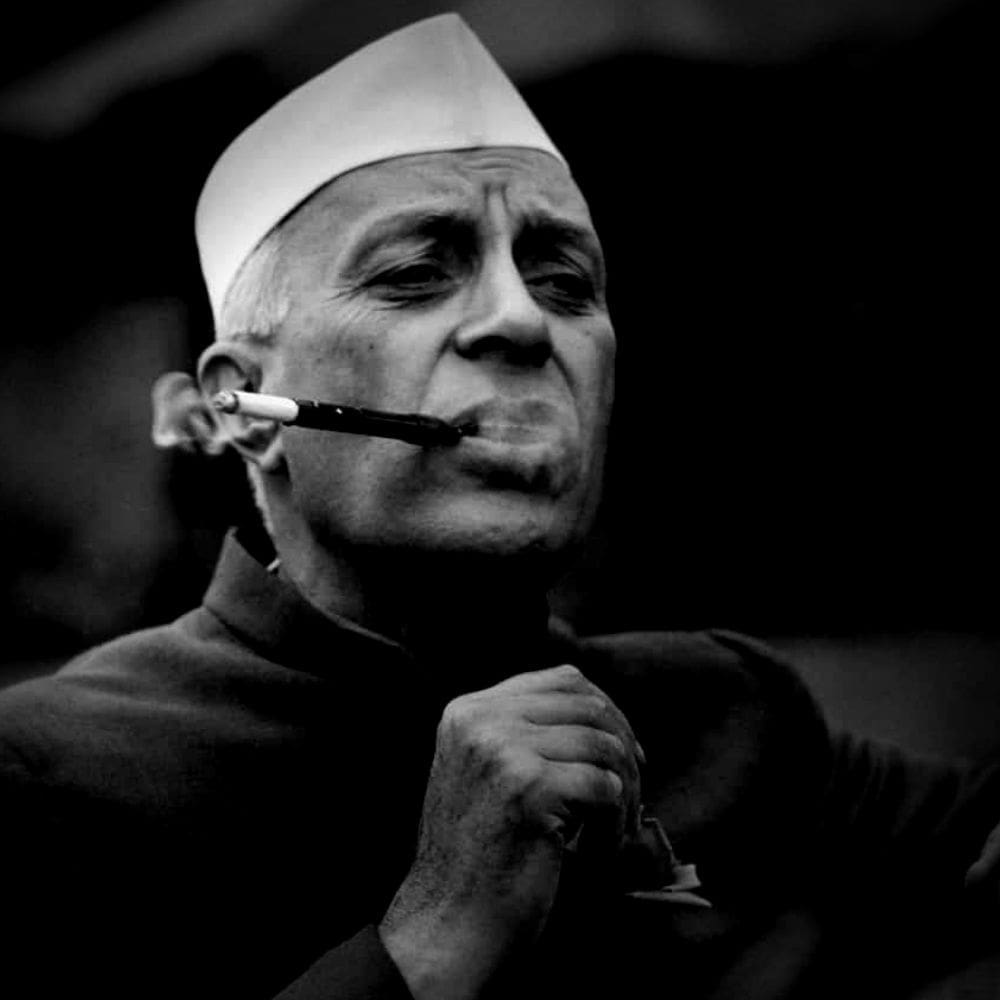NEGLECT OF UNIVERSAL EDUCATION
Neglect of education, especially at the primary and the secondary level during the Nehruvian era sealed India’s fate as a prosperous emerging nation and a genuine, enlightened democracy. Among the first things that the countries like Japan, South Korea and Singapore did to become prosperous was to focus on education—both mass education and higher education. Nehru knew only one formula for development: socialism and public sector—which took India to dogs.
Considering how backward the home constituencies of the Nehru- Gandhis have been, despite the fact that they have been representing them for decades. Universal literacy and an informed public were the two factors Nehru-Dynasty could not have survived; so it seems they let wide-spread illiteracy and grossly inadequate educational infrastructure prevail.
The education under Nehru became elitist. There was regrettable compartmentalisation into the HMTs (Hindi-Medium types) and the EMTs (English-Medium types), with EMTs cornering most facilities and opportunities. There were little efforts to make education universal. Policy restrictions and the bureaucratic-maze spread by the Nehruvians ensured peripheral role for the private sector in education, thus severely limiting the already limited educational sector further.
Wrote Atanu Dey: “The positive correlation between wealth and literacy suggests causation… Of all the stupidities that the government then (thanks to the incompetence of Nehru & his bunch of miserable minions), not ensuring that India becomes 100 percent literate within a decade stands out as the costliest… Did I say that Nehru was incompetent? Sorry, I meant Nehru was criminally incompetent.”
IITS, IIMS, AIIMS, R&D, S&T: NOT THANKS TO NEHRU
Nehruvians flaunt establishment of IITs and IIMs during the time of Nehru. The question is whether just five IITs and a few IIMs were enough for a country of India’s size. Shouldn’t there have been several IITs and several IIMs in each state? Incidentally, among the persons who conceptualised CSIR and IITs even before independence was Sir Ardeshir Dalal from the Viceroy’s Executive Council (VEC). The idea was carried forward by, among others, Dr BC Roy, Sir JC Ghosh, Sir Jogendra Singh of the VEC, Sir Nalini Ranjan Sarkar, LS Chandrakant and Biman Sen.
Extracts from an article in SundayGuradianLive.com:
“In reality, it was through the vision and effort of Arcot Ramaswami Mudaliar that the Council of Scientific and Industrial Research came into existence in 1940 and it was Dr Syama Prasad Mookerjee who built it up… A number of laboratories were set up by Dr Mookerjee, including the National Physical Laboratory, National Chemical Laboratory, National Metallurgical Laboratory, Fuel Research Institute, Ceramics Research Institute, Central Leather Research Institute, and the Central Electro Chemical Research Institute…
“By the 1940s, India already had the infrastructure for supporting scientific activities and India’s Hindu civilisation had generated many scientific ideas and scientists over thousands of years. Institutes like the Banaras Hindu University which was founded by Pandit Madan Mohan Malaviya, the Indian Institute of Science, the Indian Association for the Cultivation of Science which had been founded in 1876, the core of Indian Statistical Institute, and the Tata Institute of Fundamental Research, all pre- dated Nehru’s time in office, but Nehru and his supporters have taken credit for the creation of these establishments. Among the public sector units, Hindustan Aeronautics Limited had been set up by Walchand Hirachand as a private business and it supplied state-of-the-art aircraft to Britain for its war efforts, but it rapidly deteriorated after the Nehru government started managing it…
“The founding of the Indian Institutes of Technology and the All India Institute of Medical Sciences too had nothing to do with Jawaharlal Nehru. While the IITs had their genesis in the N.M. Sircar Committee report of 1945, Nehru’s indifference towards setting up medical institutes was captured in an exchange between Dr Mookerjee and N.G. Ranga in the Constituent Assembly. When Dr Mookerjee mentioned that a committee under the chairmanship of Dr Arcot Lakshmanaswami Mudaliar had been set up to establish an All India Medical Institute, N.G. Ranga highlighted Nehru’s statement opposing the All India Medical Institute in Delhi on the grounds that the housing problem had to be solved first… “It was this flawed vision which made Nehru indifferent to the All India Council of Technical Education’s recommendation to set up management institutes…
“Nehru’s apathy towards science and his support for ‘socialist’ pseudoscience is best illustrated by his treatment of Srinivasa Sourirajan and other scientists. Nehru propped up his supporters and made them the key people, who ended up influencing the Indian scientific institutions over the next few decades. Soon, there were complaints of a class of ‘science bourgeoisie’ who were oppressive and squelched talent, resulting in an exodus of scientists leaving India, a problem that came to be labelled ‘brain drain’…
“Nehru also opposed acquiring missiles and the atom bomb…”



